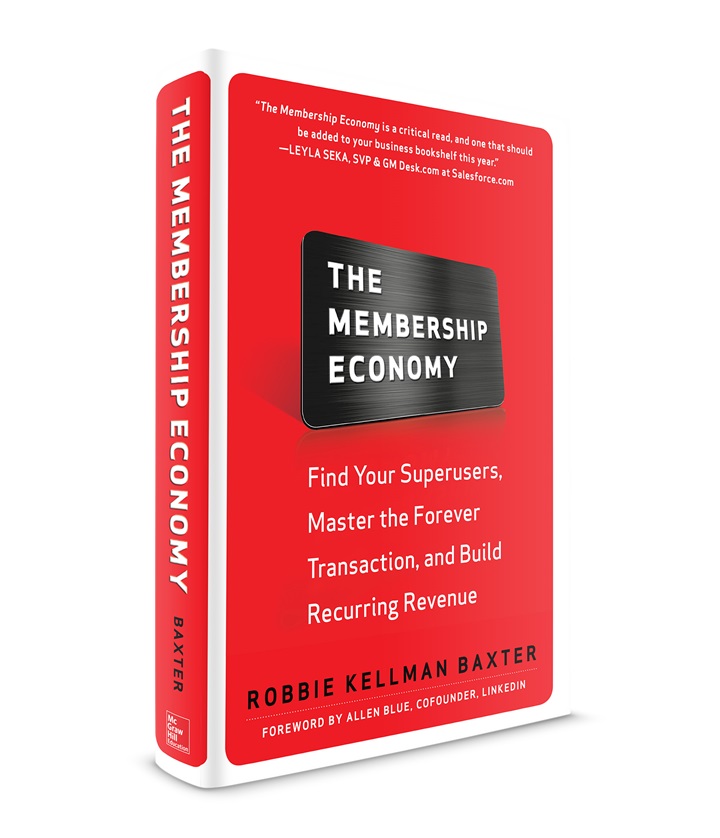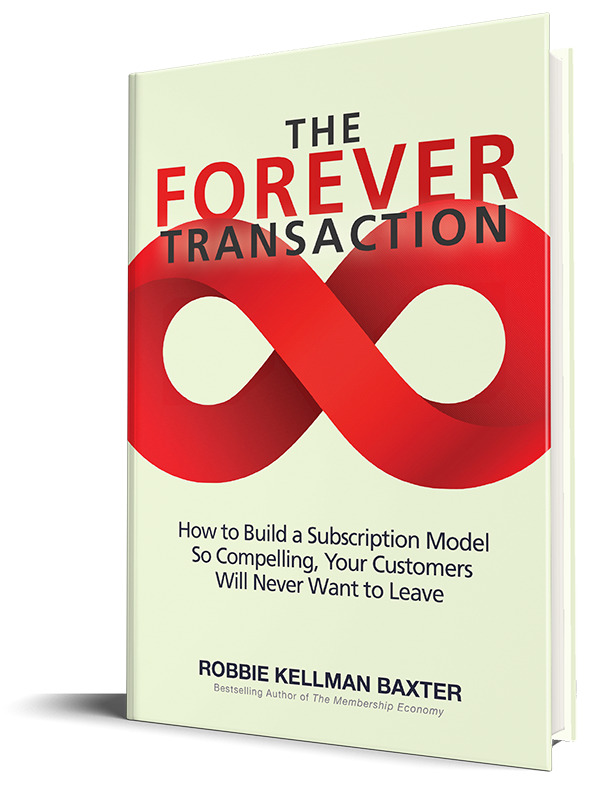Last week, I started reading Robbie Kellman Baxter‘s bestseller, “The Membership Economy.”
As I read, I realized that the topic is highly relevant to golf clubs. Please share your thoughts in the comments – I’m curious to hear your perspective on this!
That’s why I asked the author to explain to us why it’s important for golf clubs to address this topic.

What does the membership economy entail, and why is it relevant for golf clubs?
The membership economy is a massive transformation happening right now, as organizations of all types strive to build trusted, ongoing relationships with the people they serve.
Subscription pricing is a key tactic in the membership economy, but not the only one. It’s about focusing on outcomes rather than transactions.
This is relevant for golf clubs because people join with the intention of achieving ongoing goals (fitness, fun, connection, improving golf skills, etc.) and are willing to commit to a “forever promise.” However, they expect the clubs to deliver on that promise every day.
How can golf clubs use the membership economy to increase their membership?
There are three key metrics in the membership economy: Acquisition (how many new people are joining and at what cost), Retention (how long they are staying), and Engagement (what they do while they are members).
The first step is to track all three. In many cases, one of these is not getting as much focus as the other two.

For example, many golf clubs say that their members are engaged and loyal, but that it’s increasingly difficult to attract equally loyal members among today’s “shoppers”.
When this happens, it’s usually because existing members have established their habits and stopped looking for alternatives—two great benefits of membership—but the “promise” they are making is not credible to prospective members who are still comparing options.
They might find that other clubs better deliver on their goals—whether it’s for fitness, friendship, or other goals.
If retention is the issue, it’s often either because the new member failed to fully onboard—that is, they never established habits of regular engagement—or it’s because the member has been disappointed in some way, perhaps by an operational glitch, or simply grown tired of an offering that hasn’t evolved with time.
But you can see the problem often before the member cancels their engagement.
What lessons can golf clubs take from traditional membership economy companies?
Know who your ideal member is and what promise you’re making to them. Not everyone joins for the same reasons, and you may serve different groups in different ways, but the more clearly you understand who you’re optimizing for and the journey they’re on, the better able you are to focus on the right features and benefits at each stage in that member’s journey.

How can golf clubs construct an efficient acquisition funnel starting from the ground up?
Start by knowing who you are trying to attract and who you aren’t trying to attract. Not every golf club is for everyone.
Invest in onboarding of new members—making sure that they establish habits from the beginning that will result in that member getting the value they came for.
If they aren’t coming regularly, meeting people, feeling healthier, they will cancel—and the first days after they join are most important.
The best way to have an efficient acquisition funnel is to only attract people who stay—the churn costs are huge.
It’s better to spend more to acquire and onboard the right people than to bring in loads of people who cancel soon after joining or who don’t appreciate the benefits you provide.
How should golf club management roles change?
Onboarding should be prioritized. Marketing is not just about getting the most inbound leads—it’s about knowing how to qualify leads and assess fit so you don’t waste money attracting the wrong people or building a community of members with dramatically different requirements.
Everything should be optimized around the customer/member’s goals rather than on the product.
I have worked with many specialist groups—classic cars, bicycles, fitness, retail, healthcare—and most organizations over-index on their product—the golf course—rather than the golfer (or even the golfer’s family).
It’s a very different lens through which to look at the business.
